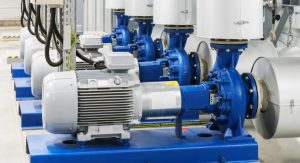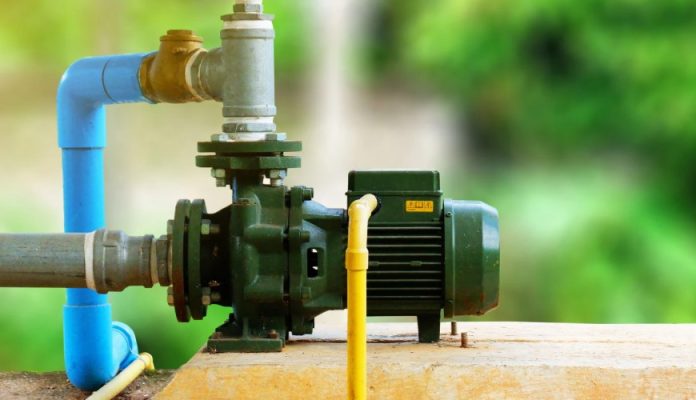Table of Contents
Water pressure can significantly affect showers, washing machines, and dishwashers. Homeowners who notice low water pressure problems know it can hinder daily activities and become annoying.
Knowing when a water pressure booster pump is needed can fix some of these problems, save energy and money, and make life more comfortable. Let’s dive in!
How to Tell If You Need a Water Pressure Booster Pump?
Identifying Low Water Pressure

The first step is identifying if the water pressure is low and noting specific signs. Do you know the signs that say something is wrong with the water pressure? Look for weak shower streams, which is a clear indicator.
If your washing machine takes forever to fill up, it is likely a water pressure problem. Instead of a steady stream of water flowing from faucets, the water might dribble.
Keeping an eye out for these symptoms can indicate whether more investigation is necessary and allow you to determine if water pressure booster pumps are needed.
Possible Reasons For Low Water Pressure
There are several reasons why water pressure may be low. As pipes age, they corrode. Blockages can obstruct and reduce water flows. Older neighbourhoods may have infrastructure that cannot support the current needs.
Moreover, units in an apartment complex share water lines, which can result in low pressure during peak usage. Understanding these reasons can help you know when to install a water pressure booster pump.
Measuring Water Pressure
Measuring the existing water pressure is necessary before investing in a water pressure booster pump. A good reading can be taken through a pressure gauge, such as the one attached to an outdoor spigot.
For most residences, 40 to 60 psi is the sweet spot. A water pressure booster pump might remediate consistently low readings. Measurement is the key to making smart decisions.
Examining Water Supply System
A complete inspection of the water supply system may uncover more issues. If they catch a leak or damage, this can lead to a drop in pressure, so they should also check the pipes inside the home.
In the case of centrally located valves that are partly closed, the flow is unintentionally limited. Sometimes, pressure issues can be corrected by ensuring the system works properly. In such cases, no new equipment is needed.
Understanding Booster Pumps

Booster pumps are valuable tools for increasing water pressure. They pump water through pipes at higher pressure and in larger quantities. Various models provide different features and capacities, which can be customised based on specific needs.
By familiarising yourself with the workings of these pumps, you can choose the right pump for your needs.
Reasons to Use a Water Pressure Booster Pump
Installing a booster pump has many benefits. Higher water pressure in your home means better showers and faster appliance cycles. Improved flow decreases the time needed for tasks to finish, improving overall efficiency.
In addition, if the water pressure systems are proper, they can also help the plumbing infrastructure last longer. Understanding these advantages illustrates the possible benefits of water pressure booster pumps.
Selecting the Right Water Pressure Booster Pump
Several factors need to be considered when selecting a suitable booster pump. The decision-making process largely depends on domestic water pressure requirements, home size, and existing plumbing infrastructure.
Talking to experts can ensure that the things you pick are exactly what you need. Choosing the correct water pressure booster pump ensures peak efficacy and satisfaction.
Installation Considerations
Booster pumps can be highly effective if properly installed. Proper installations by professionals reduce the risk of problems. Proper placement and secure fittings ensure no leakage and no other pressure loss.
Also, understanding the maintenance requirements helps keep the system efficient. Proper installation is the key to reliable water pressure.
Alternatives to Booster Pumps

Different water pressure booster pumps may provide suitable solutions for low water pressure. Over time, pressure-reducing valves can fail or require adjustment and must be replaced.
It can also be a matter of insulating plumbing pipes or refitting plumbing systems to improve water flow. Often, these quick fixes eliminate the need for booster pumps, so explore these options.
Conclusion
Deciding whether a water pressure booster pump is necessary involves careful consideration of various factors. Identifying low pressure, understanding potential causes, and measuring current levels provide a solid foundation for decision-making.
Recognising the benefits and installation requirements of booster pumps aids in making informed choices. Enhancing water pressure can ensure comfort and efficiency in household tasks, improving daily life.


